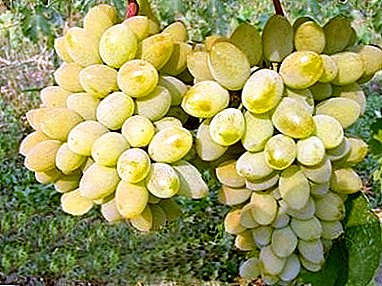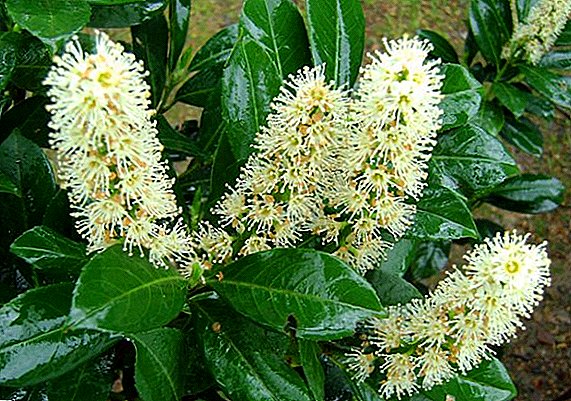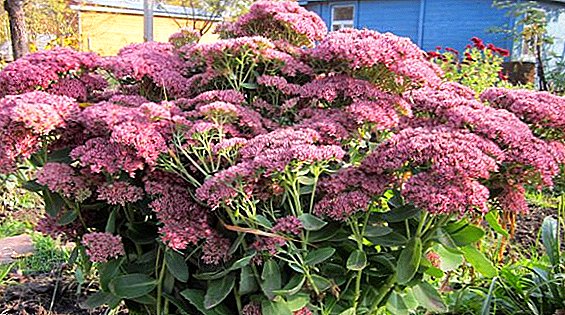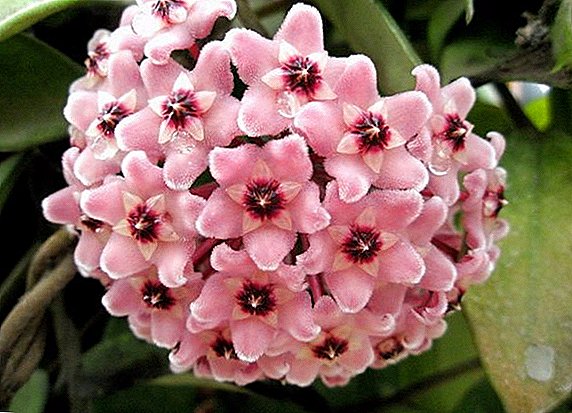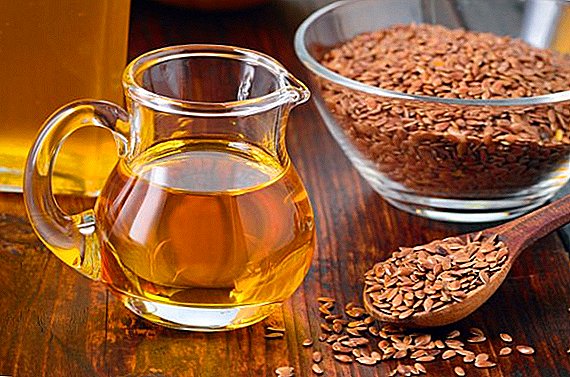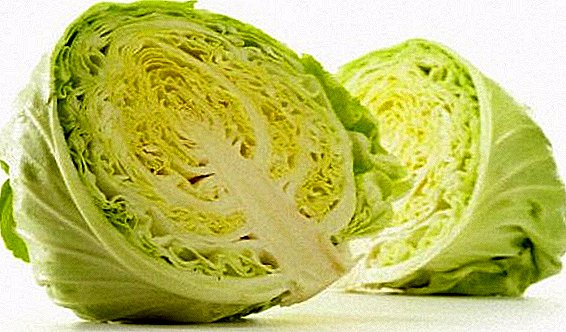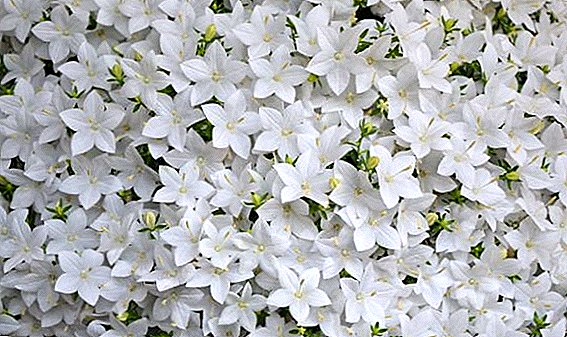 Campanula is an ornamental, very beautiful and lush blooming herbaceous shrub with bell-shaped inflorescences, the name of which is translated from Latin as bell. Kampanula belongs to the Kolokolchikov family, its homeland is considered the Mediterranean. In the natural environment is mainly found in mountainous areas. With decorative breeding unpretentious and grows everywhere in park areas, flower beds, gardens. Today, there are more than 400 species of Campanula, which land both on the open areas, and as houseplants.
Campanula is an ornamental, very beautiful and lush blooming herbaceous shrub with bell-shaped inflorescences, the name of which is translated from Latin as bell. Kampanula belongs to the Kolokolchikov family, its homeland is considered the Mediterranean. In the natural environment is mainly found in mountainous areas. With decorative breeding unpretentious and grows everywhere in park areas, flower beds, gardens. Today, there are more than 400 species of Campanula, which land both on the open areas, and as houseplants.
Did you know? Campanulu is also called the “flower of family happiness” and they believe that this flower brings harmony and well-being to the family.
Campanula Pozharsky
Perennial plant up to 20-25 cm, with creeping, densely growing stems. Its inflorescences are stellate, five-petal, up to 2-2.5 cm in diameter, four-color - blue, purple-pink, purple, blue. Leaves - large, round shape, rich green. Flowering - in late June-early July, blooms about 1-1.5 months. This species looks very impressive in gardens, large lawns in combination with ornamental grasses and low shrubs. One of the popular varieties of the Pozharsky campanula is Blauranka.
Did you know? Campanula Pozharsky - frost-resistant, withstands frost down to -40 °WITH.
Carpathian
 Campanula Carpathian - a perennial species, was first discovered in the Carpathians, hence the name. Flower up to 30-35 cm tall basal leaves ovate-rounded, petiolate - smaller and collected in the outlet. The flowers are cup-shaped, 4-5 cm in diameter. Inflorescence color - purple, blue, white. Flowering - up to three months. On the basis of the Carpathian campaign, some popular garden varieties are bred - “White Wonder”, “White Star”, “Blue Wonder”.
Campanula Carpathian - a perennial species, was first discovered in the Carpathians, hence the name. Flower up to 30-35 cm tall basal leaves ovate-rounded, petiolate - smaller and collected in the outlet. The flowers are cup-shaped, 4-5 cm in diameter. Inflorescence color - purple, blue, white. Flowering - up to three months. On the basis of the Carpathian campaign, some popular garden varieties are bred - “White Wonder”, “White Star”, “Blue Wonder”.
Nettle
The leaves of this species are similar to nettle. The nettle leaf is very decorative, often used for bouquets. In addition, it is used in the treatment of colds and wounds, young foliage is eaten, and the flower is also a good honey plant. It grows up to 1 m in height, but on average - 70-80 cm. Leaves are sinewy, ovoid-elongated. Racemes inflorescences, 3-4 cm in diameter - white, blue and blue-violet. Flowering - 2-2.5 months.
Did you know? Another popular name of the campaign is “bride and groom”, which again symbolizes a successful marriage and a happy family life. "Bride" - white campaign, "bridegroom" - blue campaigned. Therefore, in the old days the flower was traditionally given to the wedding for the young.
Terry
 This miniature campanula is up to 12-15 cm tall, "curly", growing thickly. She is incredibly beautiful and is a variety of flat leaf campanula. Leaves - "lace", triangular. The flowers are small, terry - white, blue.
This miniature campanula is up to 12-15 cm tall, "curly", growing thickly. She is incredibly beautiful and is a variety of flat leaf campanula. Leaves - "lace", triangular. The flowers are small, terry - white, blue.
Important! Withered leaves and flowers of the campanula must be removed.
Persicolist
The leaves of this species resemble peach - hence the name of the species. The plant reaches a height of 60-70 cm. The leaves are small, linear, dark green. The inflorescences are collected in a brush, their color is white or pale blue. Flowering lasts 2.5-3 months.
Equilateral
Campanula ravnolistnaya - beautiful ampelnaya flower, it is often planted in hanging pots, pots. It grows up to 30 cm tall. The leaves are carved, bright green, the flowers are blue and milky white.
Important! The light-loving campanula needs good illumination with a long light day, but it should not grow in an open area so that direct sunlight does not fall on it. And growing in the house, it is better not to keep it in the summer on the windowsill.
Crowded
 This species also has excellent decoration. Bush height - 25-60 cm. It has green, smooth ellipsoid leaves and small five-petal flowers of bright blue, white, blue color, gathered in inflorescences.
This species also has excellent decoration. Bush height - 25-60 cm. It has green, smooth ellipsoid leaves and small five-petal flowers of bright blue, white, blue color, gathered in inflorescences.
Broadleaf
High view of the campanula - up to 120-130 cm in height, with long and wide sheets, the size of which decreases from bottom to top. The flowers are large - up to 5-6 cm in diameter, white and purple.
Growing a campaign is easy enough - and to plant it, and take care of it is absolutely not difficult. Campanula care includes timely watering, loosening, and, if necessary, feeding, spreading overgrown bush and a suitable place in the garden or in the room. If everything is done correctly - lush dense foliage and beautiful blooming bells are guaranteed!



